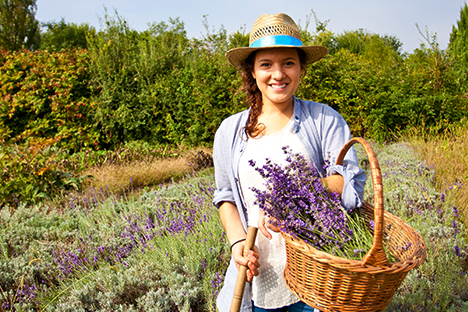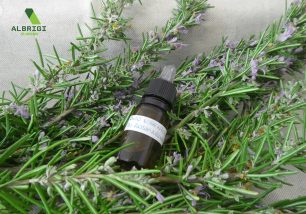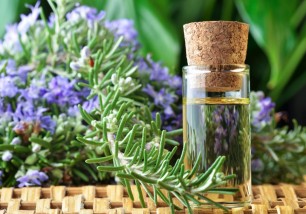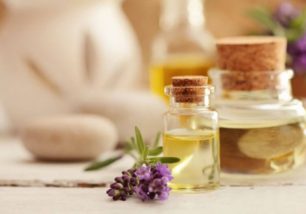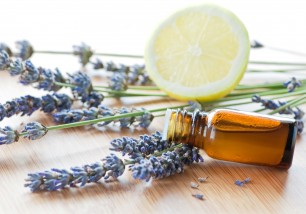AROMATHERAPY: HOW TO CHOOSE AN ESSENTIAL OIL
aromatherapydistillationessential oilsmell
The choice of essential oil depends very much on the uses we want to make for it. Aromatherapy can be used in different ways, but the most common and most pleasant to all is the use of room diffusers.
However, there are a great number of essential oils on the market.
How to pull back to decide for yourself and make a quality choice?
First of all, an essential oil should not be cut or adulterated with other substances. If you find different essential oils on the shelves of a store, but all with the same price, you should be wary of quality, as the fragrances will almost certainly be synthetic and not natural.
The botanical name (therefore the Latin name) must always be mentioned, as well as the part of the plant used: example E.O. Bitter orange (Citrus aurantium) rind of the fruit / E.O. of Petit grain (bitter orange leaves and twigs) / E.O. of Neroli (bitter orange flowers)
The method of growth, cultivation: this allows us to know where and how the plant was cultivated (intensive or biological methods or from wild collection and the place of origin of the plant).
The extraction method: there are different methods depending on the part of the plant used, the most common are: cold pressing (especially for citrus fruits) steam current distillation, enfleurage.
The lot number and the date of production: must always be indicated.
Finally, the olfactory note can help you with your choice.
Based on the degree of volatility of the oil, essential oils are divided into:
Oils or base notes: not very volatile are obtained from the bark or root of the plant. They are very persistent and have a calming and harmonizing effect. Their essence can persist even for 24 hours.
Examples: Sandalwood, Patchouli, Incense, Cinnamon
Oils or heart notes: on average volatiles derived from the aerial parts of the plant (leaves and flowers), they are very intense, harmonizing and sensual. Persist from 2 to 4 hours.
Examples: Jasmine, Iris, Lavender, Chamomile
Oils or top notes: very volatile, they are very active, refreshing, dynamic and stimulating. They are the first fragrances to be perceived by our sense of smell in a mix of essences. They diminish on average after about 15 minutes.
Examples: Mandarin, Lemon, Bergamot
Some important information for the use of essential oils:
– never be swallowed
– apart from some particular exceptions, they should never be applied straight to the skin and mucous membranes, but always mixed with creams or vegetable oils
– keep oils away from children
– do not exceed the dosage
– do not replace drugs
At this point all that remains is to wish you: good luck in your research!
FRANCESCA SCALMANA
Other articles that may interest you:
Essential oils: What are they?
Essential oils: Aromatherapy in the working environment
How to make homemade essential oils
 ESSENTIAL OILS: WELLNESS IN HOME
ESSENTIAL OILS: WELLNESS IN HOME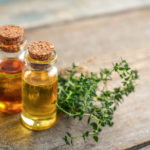 THYME ESSENTIAL OIL: USES AND PROPERTIES
THYME ESSENTIAL OIL: USES AND PROPERTIES AROMATHERAPY: HOW TO CHOOSE AN ESSENTIAL OIL
AROMATHERAPY: HOW TO CHOOSE AN ESSENTIAL OIL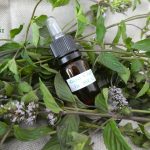 HOW TO DISTILL MINT
HOW TO DISTILL MINT AROMATHERAPY: HISTORY
AROMATHERAPY: HISTORY POTATO CHIPS WITH ROSEMARY AROMATIC WATER
POTATO CHIPS WITH ROSEMARY AROMATIC WATER ROSEMARY ESSENTIAL OIL: CULTIVATION AND PRODUCTION
ROSEMARY ESSENTIAL OIL: CULTIVATION AND PRODUCTION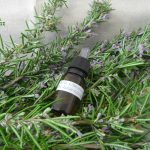 HOW TO DISTILL ROSEMARY
HOW TO DISTILL ROSEMARY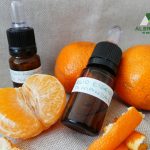 HOW TO DISTILL TANGERINE PEEL
HOW TO DISTILL TANGERINE PEEL NEEM OIL, FROM THE PLANT OF GOOD HEALTH
NEEM OIL, FROM THE PLANT OF GOOD HEALTH HERBAL TEAS, INFUSIONS AND DECOCTIONS: THE DIFFERENCES AND METHODS OF PREPARATION
HERBAL TEAS, INFUSIONS AND DECOCTIONS: THE DIFFERENCES AND METHODS OF PREPARATION HOW TO MAKE HOMEMADE ESSENTIAL OILS
HOW TO MAKE HOMEMADE ESSENTIAL OILS HEALTHY HAIR WITH AROMATIC PLANTS
HEALTHY HAIR WITH AROMATIC PLANTS THE GOOD NIGHT PLANTS
THE GOOD NIGHT PLANTS OLEOLITES: THE POWER OF HERBS IN OIL
OLEOLITES: THE POWER OF HERBS IN OIL ENFLEURAGE: ANCIENT TECHNIQUE TO EXTRACT ESSENCES FROM FLOWER PETALS
ENFLEURAGE: ANCIENT TECHNIQUE TO EXTRACT ESSENCES FROM FLOWER PETALS ESSENTIAL OILS AND ECOLOGICAL DETERGENTS FOR HOUSE CLEANING
ESSENTIAL OILS AND ECOLOGICAL DETERGENTS FOR HOUSE CLEANING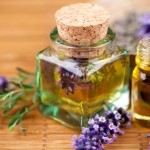 OIL FOR STRENGTHENING HAIR
OIL FOR STRENGTHENING HAIR SCENTED BAGS WITH DRIED HERBS AND ESSENTIAL OILS
SCENTED BAGS WITH DRIED HERBS AND ESSENTIAL OILS PURIFYING AND CLEANSING HERBAL TEAS DO-IT-YOURSELF
PURIFYING AND CLEANSING HERBAL TEAS DO-IT-YOURSELF LEMONGRASS: ESSENTIAL OIL TO FIGHT TUMORS
LEMONGRASS: ESSENTIAL OIL TO FIGHT TUMORS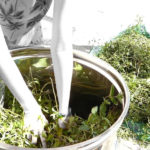 MINT ESSENTIAL OIL: CULTIVATION AND PRODUCTION
MINT ESSENTIAL OIL: CULTIVATION AND PRODUCTION CITRUS FRUITS AND ALZHEIMER’S DISEASE: NEW DISCOVERIES
CITRUS FRUITS AND ALZHEIMER’S DISEASE: NEW DISCOVERIES MINT ESSENTIAL OIL: USES AND PROPERTIES
MINT ESSENTIAL OIL: USES AND PROPERTIES